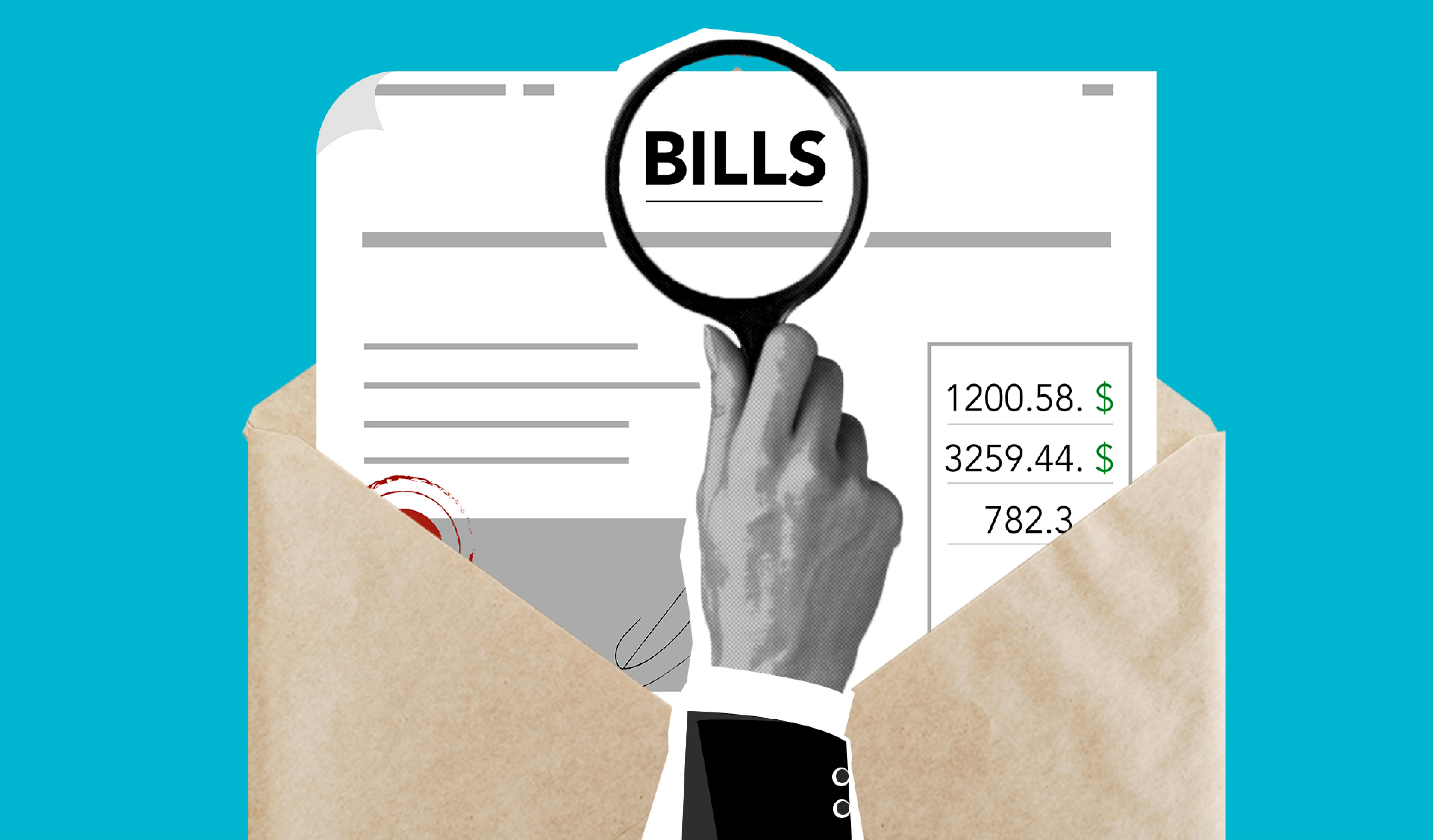Hair loss is a common concern affecting millions of men and women worldwide. Advances in medical technology have led to the development of innovative solutions for hair restoration, with robotic-assisted procedures gaining popularity. One of the most revolutionary systems in this field is the ARTAS Robot, an advanced robotic hair transplant system that enhances precision, efficiency, and success rates in follicular unit extraction (FUE) procedures.

What is ARTAS?
The ARTAS Hair Transplant System is a state-of-the-art, FDA-approved robotic technology designed to assist surgeons in performing FUE hair transplants. This advanced system uses artificial intelligence (AI) and robotic precision to identify and extract the healthiest hair follicles from the donor area and implant them in the recipient area with minimal scarring and high accuracy.
Unlike traditional hair transplant methods that rely solely on manual extraction and implantation, ARTAS enhances the procedure by eliminating human error and ensuring optimal follicle selection. This robotic technology provides a less invasive, more precise, and efficient solution for hair restoration.
How ARTAS Works
The ARTAS system follows a multi-step process to ensure a successful hair transplant:
- Digital Mapping and Follicle Selection
- The system scans the patient’s scalp using high-resolution imaging and AI algorithms to map the optimal donor follicles.
- It selects the healthiest and most viable follicles, ensuring better transplant success.
- Robotic Follicle Extraction
- Using robotic precision, ARTAS extracts individual follicular units without the need for a linear incision.
- The extraction process minimizes damage to surrounding hair, reducing scarring and ensuring a natural appearance.
- Recipient Site Creation
- ARTAS assists in designing a natural-looking hairline by analyzing the patient’s existing hair pattern and density.
- The system creates recipient sites with ideal angles, depth, and distribution for a seamless, natural result.
- Implantation of Hair Follicles
- The surgeon manually implants the extracted follicles into the recipient area.
- The precision of ARTAS in site creation allows for better follicle survival and natural hair growth.
Advantages of ARTAS Hair Transplant
The ARTAS system offers several benefits compared to traditional hair transplant techniques:
- Enhanced Precision
- The AI-driven robotic arm ensures accurate follicle extraction and implantation, reducing human error.
- Minimized Scarring
- Unlike strip harvesting methods, ARTAS does not require large incisions, leading to minimal scarring and faster recovery.
- Faster Recovery Time
- Since the procedure is minimally invasive, patients experience less discomfort and a quicker return to daily activities.
- Consistent Results
- The robotic system ensures uniform extraction and implantation, leading to more predictable and natural-looking outcomes.
- Reduced Fatigue for Surgeons
- Traditional manual procedures can be physically demanding for surgeons, leading to variability in results. ARTAS minimizes fatigue and enhances efficiency.
Who is a Good Candidate for ARTAS?
ARTAS is ideal for individuals experiencing androgenetic alopecia (male or female pattern baldness) and those looking for a minimally invasive hair restoration option. Candidates should have a sufficient donor hair supply at the back and sides of the scalp. However, ARTAS may not be suitable for individuals with extensive baldness, severe scarring, or specific hair types (such as very curly hair) that may be challenging for the robotic system to process.
Limitations and Considerations
While ARTAS offers numerous advantages, there are some limitations to consider:
- Cost: The procedure tends to be more expensive than traditional methods due to the advanced technology involved.
- Not Suitable for All Hair Types: Patients with extremely curly or coarse hair may not be ideal candidates for ARTAS.
- Surgeon Involvement Still Required: While ARTAS automates several aspects of the procedure, a skilled surgeon is still necessary for implantation and final adjustments.
ARTAS vs. Traditional Hair Transplant Methods
FeatureARTASTraditional FUEFUT (Strip Method)ScarringMinimalMinimalLinear ScarPrecisionHigh (AI-guided)Surgeon-dependentSurgeon-dependentRecovery TimeFasterModerateLongerNatural AppearanceHighHighModerate to HighSurgeon FatigueReducedHighHighCostHigherModerateLower
Patient Experience and Testimonials
Many patients who have undergone an ARTAS hair transplant report high satisfaction rates. The robotic precision, minimal discomfort, and natural-looking results contribute to a positive experience. Some common testimonials include:
- “The procedure was virtually painless, and my recovery was much faster than I expected.”
- “I was skeptical at first, but the natural hairline and density achieved by ARTAS exceeded my expectations.”
- “The precision of the robot ensured that my transplanted hair grew evenly and naturally.”

The Future of Robotic Hair Transplantation
The success of ARTAS has paved the way for further advancements in robotic hair restoration. Future developments may include:
- Improved AI Algorithms: Enhancing follicle selection and implantation for even better results.
- Automated Implantation: Fully automating the implantation process to reduce surgeon involvement.
- Integration with Regenerative Therapies: Combining ARTAS with stem cell or PRP (platelet-rich plasma) therapy to enhance hair growth.
Conclusion
The ARTAS hair transplant robot has revolutionized the field of hair restoration by offering a high-precision, minimally invasive, and efficient solution for individuals suffering from hair loss. While it may not be suitable for everyone, its advantages in terms of precision, recovery time, and natural-looking results make it a compelling choice for many. As technology continues to evolve, ARTAS and similar robotic systems are likely to play an even greater role in the future of hair transplantation, making hair restoration more accessible and effective than ever before.

















